15 Underrated Historic Towns in Germany Worth Exploring
Germany is home to many iconic cities, but there are lesser-known gems that offer just as much history and charm. These towns are often overlooked by tourists, but they have rich cultural backgrounds and stunning architecture. From medieval buildings to scenic landscapes, each town has something unique to offer. If you are seeking a quiet escape with a deep sense of history, these towns might just be the perfect destination.
This post may contain affiliate links, which helps keep this content free. Please read our disclosure for more info.
Wernigerode
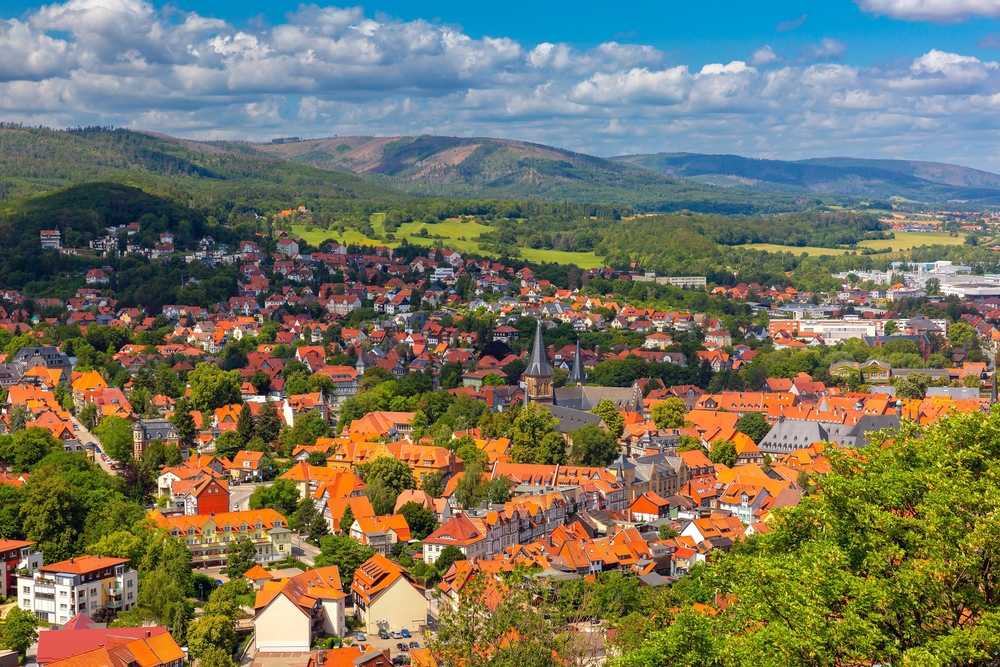
Wernigerode is nestled at the base of the Harz Mountains and boasts an array of beautifully preserved half-timbered houses. The striking Wernigerode Castle overlooks the town, offering stunning views of the surrounding region. Visitors can stroll through the narrow, winding streets, filled with unique shops and charming buildings, creating a perfect blend of history and scenic beauty. The town’s rich past as a medieval market town is evident in its architecture and quaint atmosphere.
This historic town is a gateway to outdoor adventure, with numerous hiking trails leading into the Harz Mountains. Wernigerode is also famous for its narrow-gauge railway, which takes passengers to the Brocken, the highest peak in the area. The town is perfect for those who appreciate both nature and history, offering a quiet retreat with plenty of exploration opportunities.
Quedlinburg
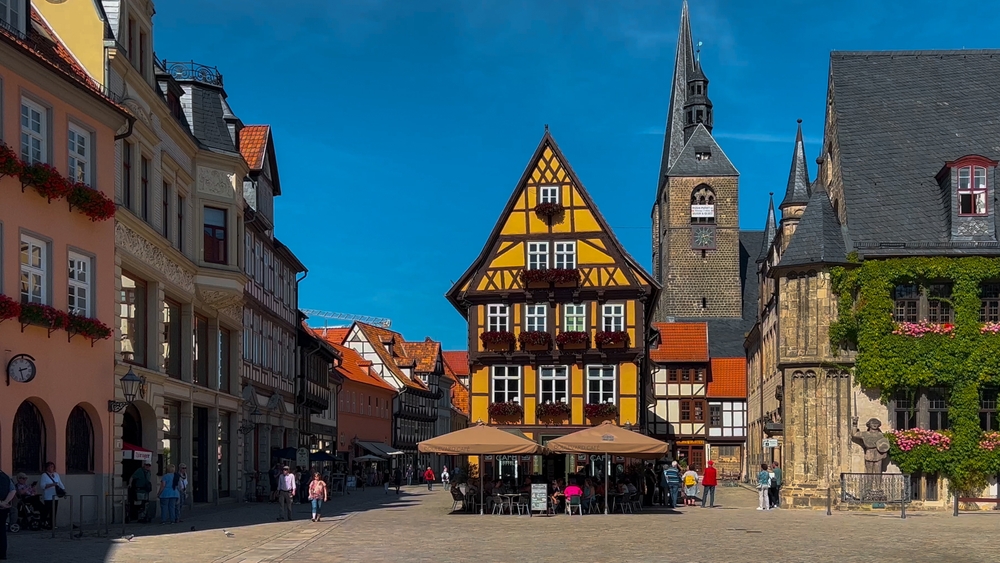
Quedlinburg is a town steeped in medieval charm, featuring over 1,000 half-timbered houses and a wealth of well-preserved buildings. The town is recognized as a UNESCO World Heritage site, showcasing the best of Germany’s medieval architecture. Its cobblestone streets lead to the beautiful St. Servatius Church and the impressive castle hill, which offers panoramic views of the town and the surrounding area. Visitors can explore its winding alleys and picturesque squares, where every corner tells a story from the past.
The town is also home to a vibrant cultural scene, with festivals and events that highlight its medieval heritage. Quedlinburg’s rich history is closely tied to the Holy Roman Empire and its role as a royal residence during the Ottonian dynasty. A walk through Quedlinburg feels like stepping back in time, making it an essential destination for history enthusiasts.
Wasserburg am Inn
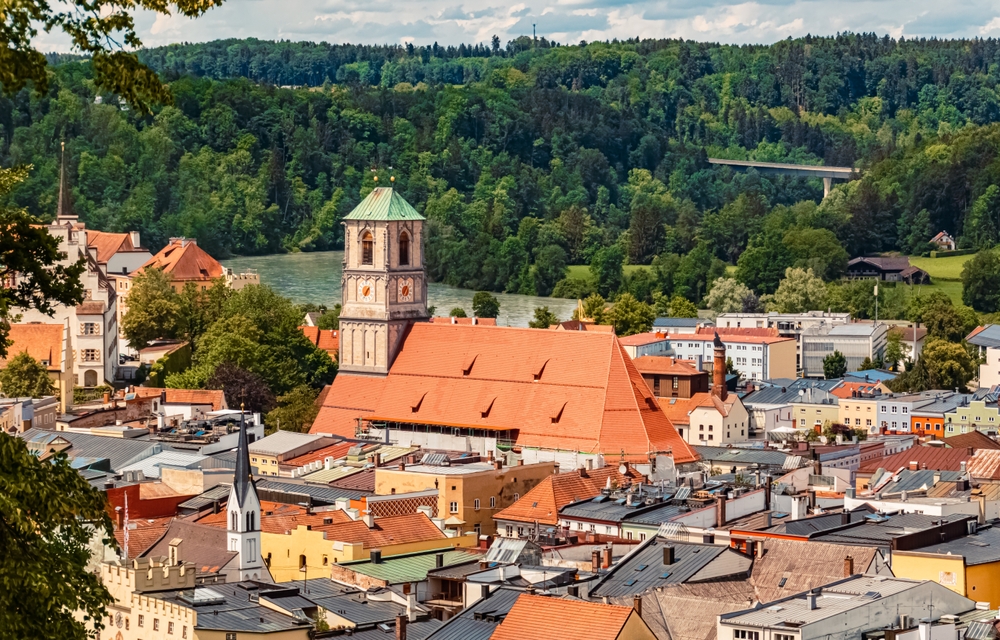
Wasserburg am Inn is a picturesque town located on a peninsula formed by the Inn River, offering stunning views and a unique layout. Its medieval old town is well-preserved, with narrow streets, charming squares, and impressive buildings. The town is known for its historic town hall, which dates back to the 16th century, and its towering churches, which dominate the skyline. Walking through Wasserburg am Inn, you can explore the centuries-old architecture that reflects the town’s once-strategic importance as a major trade hub.
This tranquil town is perfect for visitors looking to escape the crowds while still enjoying a deep sense of history. Wasserburg was once a major center for salt trade, and remnants of its past can be seen throughout the town. Whether you are enjoying a leisurely walk along the river or exploring its ancient buildings, Wasserburg offers a peaceful yet historically rich experience.
Bad Langensalza
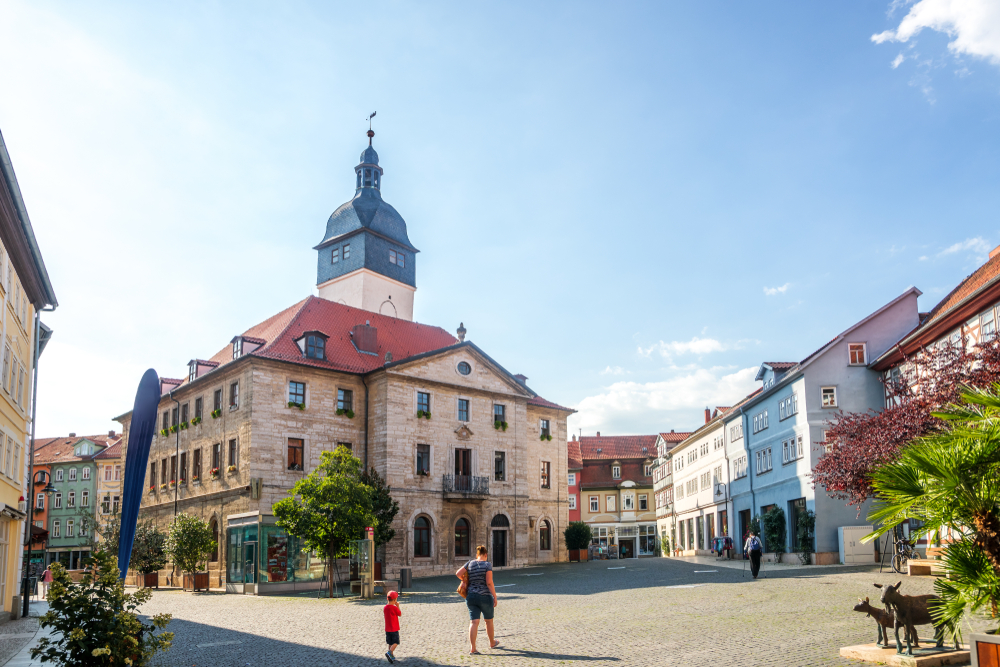
Bad Langensalza is a spa town in Thuringia, renowned for its well-preserved medieval architecture and tranquil atmosphere. The town is home to several themed gardens, including a stunning Japanese garden that adds to its appeal. Bad Langensalza’s history dates back to the 11th century, and its charming old town is a reminder of its centuries of development. The town’s well-maintained public spaces offer a quiet retreat, perfect for those seeking relaxation amidst historical surroundings.
The town is also a haven for wellness seekers, with modern spas blending seamlessly with its historic architecture. Visitors can explore the local history through the town’s many museums, showcasing artifacts from its medieval and Renaissance past. For a quieter, more contemplative experience, Bad Langensalza offers an ideal blend of natural beauty and rich history.
Berching
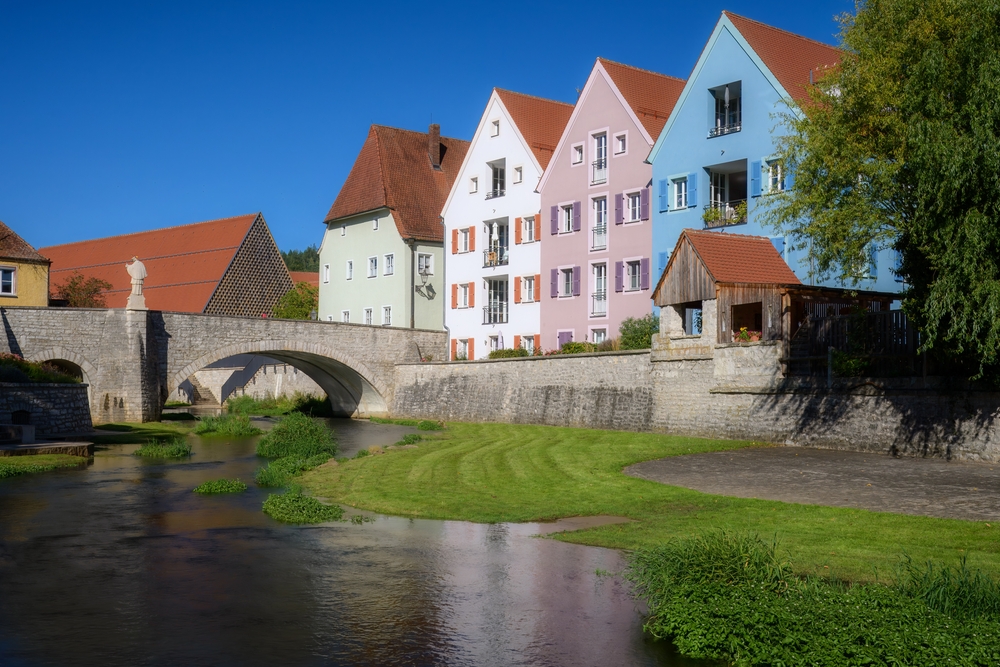
Berching is a small Bavarian town known for its well-preserved medieval town walls and numerous towers, which remain almost fully intact. These ancient fortifications offer a glimpse into the town’s defensive past, and the six major towers are a striking feature of the town’s skyline. Berching’s compact size makes it easy to explore, with many of its historic sites located within walking distance of each other. The town’s charming streets are lined with traditional houses, creating an authentic medieval atmosphere.
Founded in the early Middle Ages, Berching offers a peaceful and quiet setting away from the tourist crowds. The town’s rich history is reflected in its architecture, which is largely unchanged from its medieval roots. Whether you are strolling through the old town or enjoying the views from the town’s towers, Berching offers a unique and immersive historical experience.
Rothenburg ob der Tauber

Rothenburg ob der Tauber is one of the best-preserved medieval towns in Germany, attracting visitors with its cobbled streets and stunning architecture. The town is surrounded by well-maintained walls and towers, offering visitors the chance to walk along them and take in panoramic views of the surrounding countryside. Rothenburg is also home to the famous Plönlein, a picturesque corner that features an iconic tower and a charming medieval house. Its old town is filled with charming shops, traditional restaurants, and beautiful squares.
Known for its involvement in the medieval trade routes, Rothenburg’s prosperity is reflected in its impressive buildings and well-kept historic sites. The town’s medieval charm is complemented by modern amenities, making it a comfortable and interesting destination for travelers of all kinds. Whether you are exploring the charming streets or admiring the town’s architecture, Rothenburg ob der Tauber provides a perfect blend of history and beauty.
Dinkelsbühl

Dinkelsbühl, often overshadowed by its more famous neighbors, offers an authentic look at medieval Germany. The town’s old town is encircled by impressive defensive walls, with 16 preserved towers that stand tall above the rooftops. Dinkelsbühl’s colorful houses and cobblestone streets create a charming and welcoming atmosphere, while its well-preserved churches and historic sites showcase the town’s long history. The town’s St. George’s Church is an architectural gem that adds to the town’s cultural richness.
Dinkelsbühl also hosts an annual festival that celebrates its medieval heritage, complete with reenactments and traditional costumes. Despite being less crowded than other historic towns in Germany, Dinkelsbühl offers an intimate and immersive experience. Its peaceful charm and historical significance make it an ideal destination for those looking to discover Germany’s past away from the hustle and bustle.
Bamberg
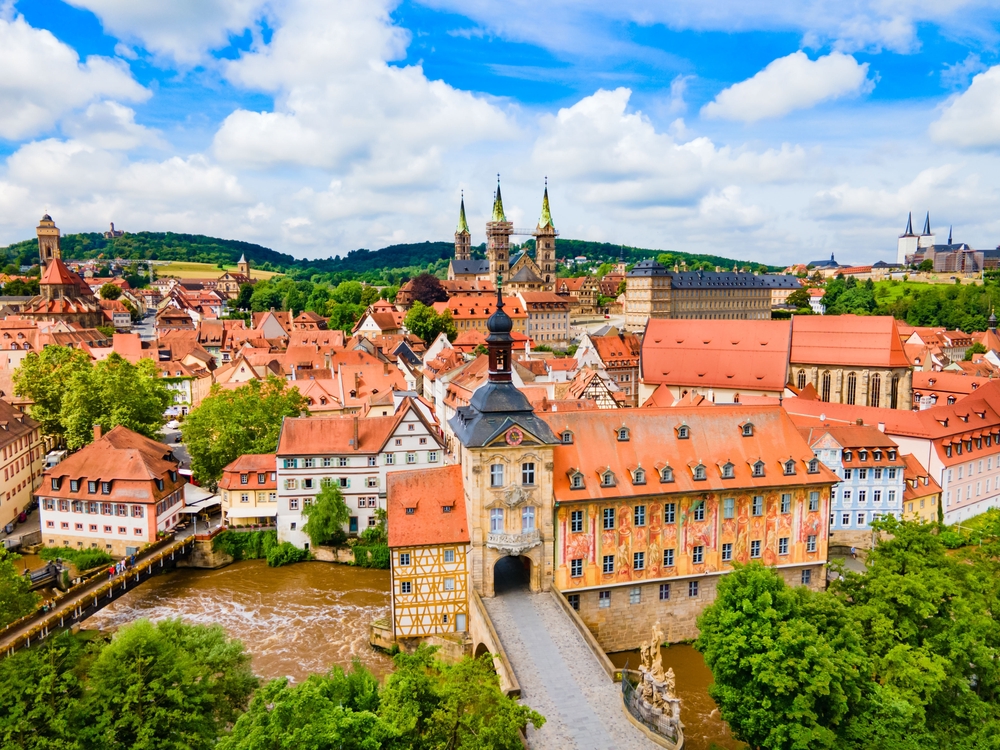
Bamberg is a UNESCO World Heritage city known for its stunning medieval architecture and picturesque canals. The town is spread over seven hills, each offering its own distinct view of the surrounding landscape. Bamberg’s Old Town is a treasure trove of medieval buildings, with the famous Bamberg Cathedral standing proudly at its heart. The town is also famous for its unique smoked beer, a local specialty that visitors can enjoy in the many taverns lining the streets.
As one of the most historically significant towns in Franconia, Bamberg’s history dates back to the Roman era, and its well-preserved sites reflect its long cultural heritage. The town’s location along the Regnitz River adds to its charm, with tranquil waters and scenic views enhancing its medieval appeal. A visit to Bamberg offers a delightful mix of history, culture, and local flavor.
Meersburg

Meersburg is located on the shores of Lake Constance and is known for its medieval castle, which towers over the town and offers breathtaking views of the lake and the Alps. The town itself is a labyrinth of narrow streets, ancient buildings, and historical landmarks that provide a glimpse into its past. Meersburg is particularly famous for the Old Castle, dating back to the 7th century, and the New Castle, built in the 18th century. The town’s charming waterfront is perfect for leisurely strolls along the lake.
Meersburg’s historical significance lies in its role as a center for the aristocracy during the Middle Ages. Today, it is a peaceful and picturesque town that offers a relaxing atmosphere alongside its historical sites. Visitors can enjoy the town’s beautiful views, visit the local museums, or simply relax by the lakeside, making it an ideal destination for those seeking history and tranquility.
Alsfeld
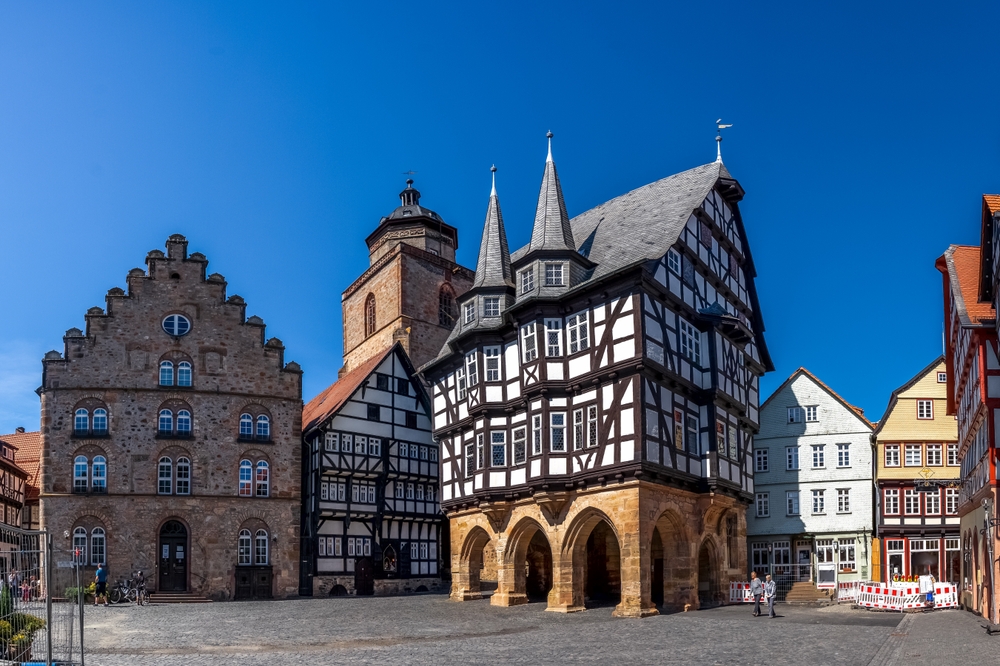
Alsfeld is a charming medieval town located in the heart of Hesse, known for its well-preserved half-timbered houses and historic town center. The town’s most notable landmark is its Town Hall, a beautiful building that dates back to the 16th century and is often regarded as one of the finest examples of Renaissance architecture in the region. Alsfeld’s narrow streets are lined with colorful houses and quaint shops, making it an ideal spot for a leisurely stroll. The town is also home to the Alsfeld Museum, which showcases local history and culture.
With its rich history and picturesque streets, Alsfeld offers a peaceful and authentic experience for visitors. The town’s medieval origins are still visible in its architecture, with several well-preserved buildings that date back to the 15th century. Alsfeld provides a perfect destination for those looking to experience a quiet, historic town that is rich in charm and history.
Freudenstadt
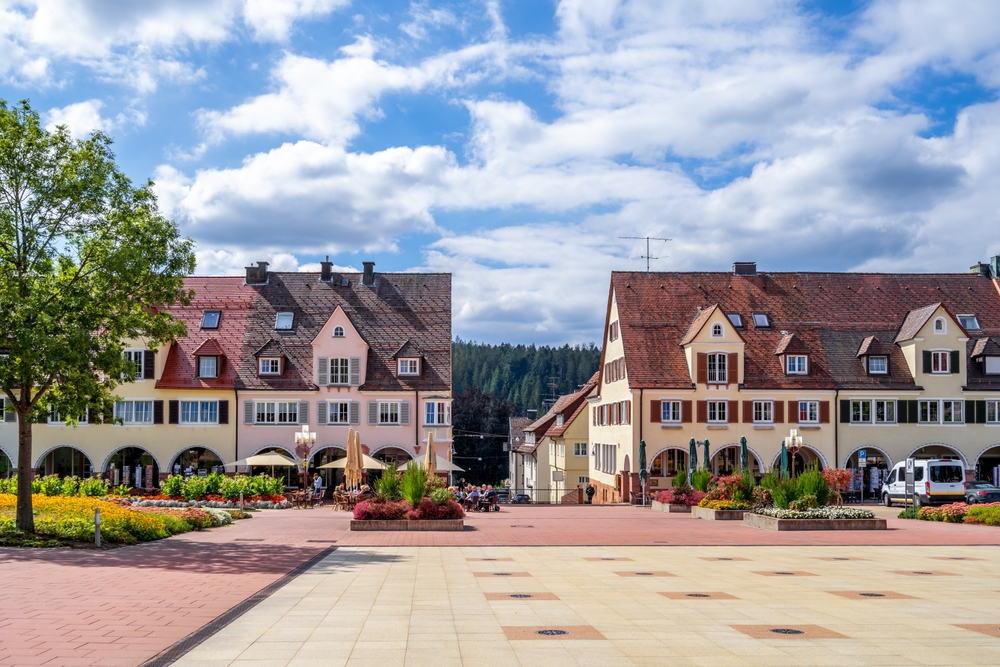
Freudenstadt, located in the heart of the Black Forest, is a town famous for its spacious marketplace, one of the largest in Germany. Surrounded by beautiful forests and rolling hills, the town offers visitors a peaceful atmosphere and a connection to nature. Freudenstadt’s town center is lined with traditional buildings, and its grand town hall stands as a testament to the town’s rich history. The impressive St. George’s Church, with its striking architecture, adds to the town’s appeal.
Freudenstadt’s history dates back to the 16th century, and it became an important spa town in the 19th century. Today, it serves as a charming getaway for travelers seeking both relaxation and exploration. With the Black Forest as its backdrop, Freudenstadt is an ideal destination for nature lovers and history enthusiasts alike.
Görlitz
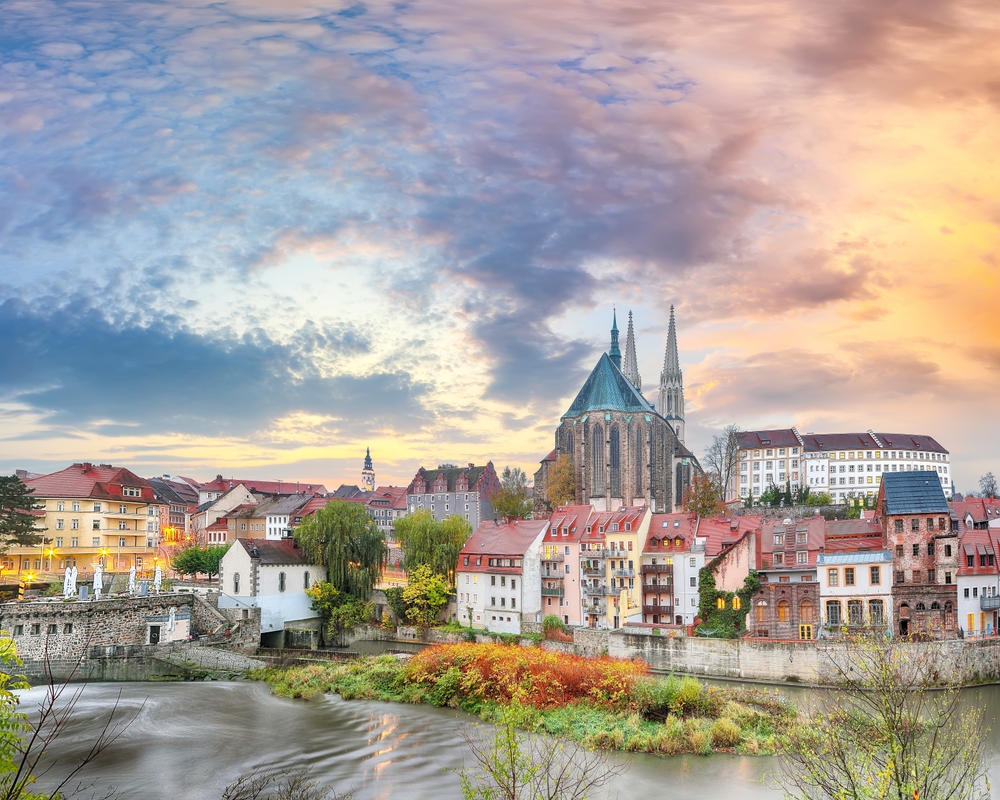
Görlitz is a beautiful town on the eastern border of Germany, known for its stunning mix of architectural styles, including Gothic, Renaissance, and Baroque. The town’s well-preserved buildings and squares create a charming atmosphere that takes visitors back in time. Görlitz is often called “Germany’s most beautiful town” due to its historical significance and breathtaking architecture. The iconic Peterskirche Church and the picturesque Obermarkt square are just a few of the town’s many historic gems.
Despite being one of the most beautiful towns in Germany, Görlitz remains relatively unknown to many travelers. Its role in both World War II and the Cold War gives it a unique historical significance. Görlitz offers a quiet escape for those interested in exploring an authentic town that retains its historical charm and natural beauty.
Schwäbisch Hall
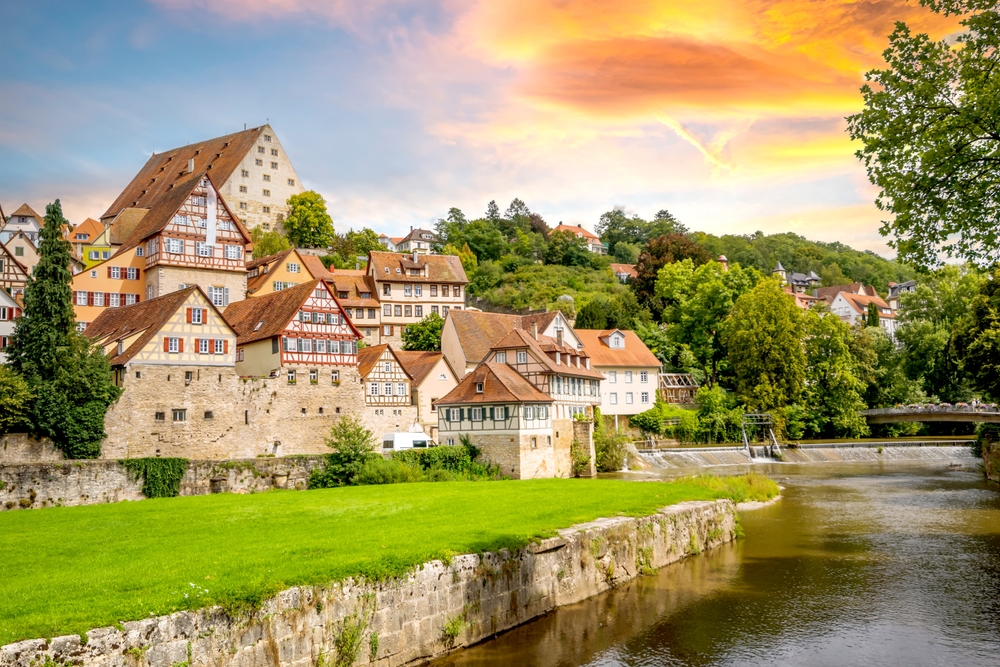
Schwäbisch Hall is a picturesque town located on the banks of the Kocher River, known for its stunning medieval architecture and vibrant cultural scene. The town’s market square, with its beautiful half-timbered houses and the impressive St. Michael’s Church, is a focal point for visitors. Schwäbisch Hall also boasts a well-preserved historic center, with winding streets and charming alleys leading to scenic views of the surrounding landscape. The famous Haller Scythe Museum is a unique attraction that showcases the town’s industrial heritage.
The town’s history dates back over 1,000 years, with roots in salt production and trade. Schwäbisch Hall’s peaceful atmosphere and rich history make it a perfect destination for those looking to explore a town that combines culture, history, and natural beauty. The town is also known for its traditional festivals, which celebrate its long history and cultural diversity.
Celle
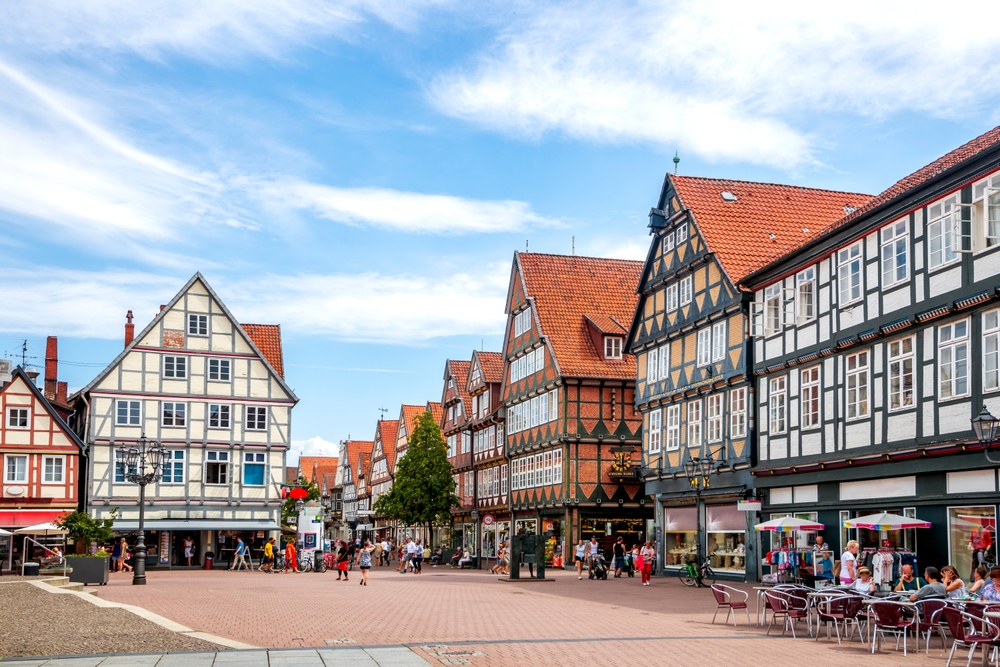
Celle is a historic town in Lower Saxony, famous for its well-preserved timber-framed houses and its beautiful Renaissance castle. The town’s historic center is a delightful mix of old-world charm and vibrant modern life, with cobblestone streets and colorful buildings lining the squares. Celle’s most notable landmark is the Celle Castle, which dates back to the 14th century and now houses a museum showcasing the town’s history. The St. Mary’s Church, with its stunning architecture, is another highlight of this charming town.
Celle’s history as a residence of the Welfen family is evident in its royal buildings and palaces. The town is also home to several museums, galleries, and theaters, adding to its cultural richness. With its quiet streets and fascinating history, Celle offers a unique blend of past and present, making it a hidden gem in Germany’s tourism scene.
Bad Münster am Stein-Ebernburg
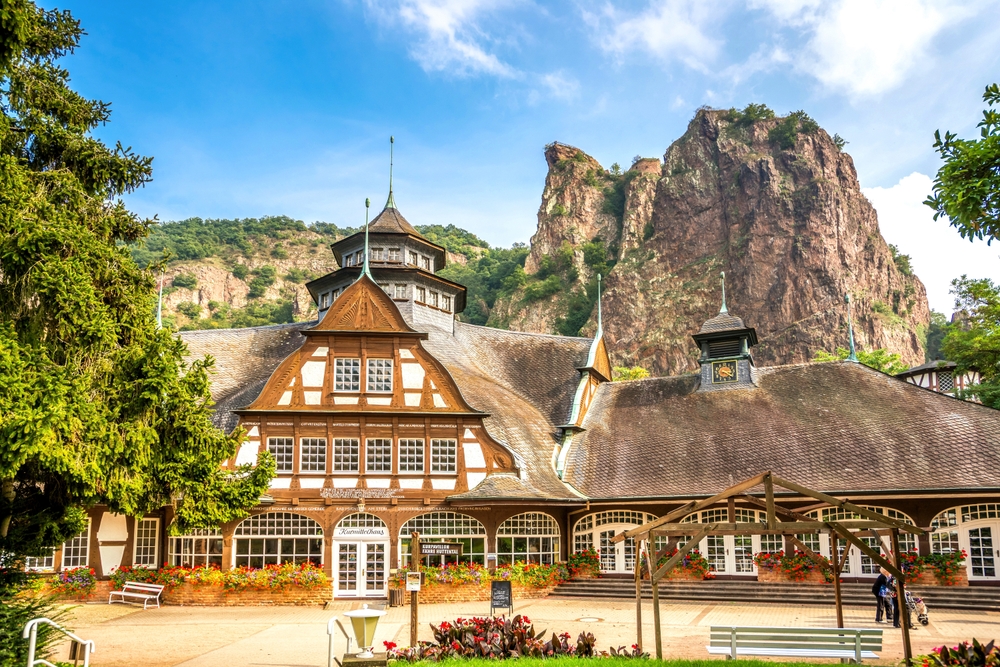
Bad Münster am Stein-Ebernburg is a charming spa town located in the picturesque Nahe River valley, surrounded by vineyards and lush hills. The town’s medieval castle, Burg Ebernburg, offers stunning views of the valley and the surrounding landscape. The town’s spa history dates back to the Roman era, and visitors can enjoy the soothing thermal baths that have made the town famous. The town’s historic center, with its traditional houses and narrow streets, adds to its old-world charm.
The area’s rich history is reflected in the town’s architecture and local traditions. Bad Münster am Stein-Ebernburg is a peaceful retreat for those looking to relax in a scenic setting, while also offering plenty of opportunities for hiking, wine tasting, and exploring local history. The town is perfect for visitors seeking a mix of relaxation and culture in a beautiful natural environment.
This article originally appeared on Avocadu.
